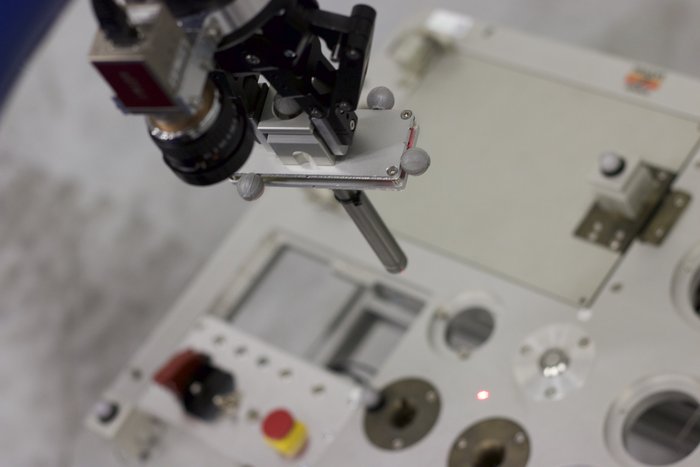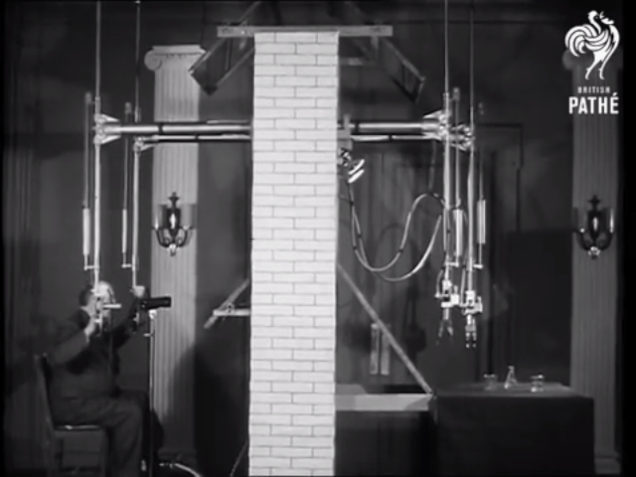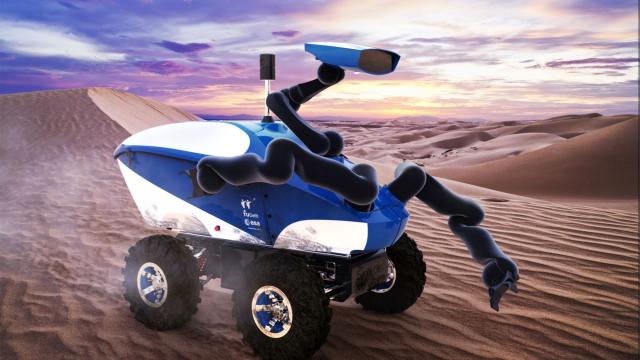This has been a year of haptics: From the widespread use of it in consumer electronics through the Apple Watch, to the boom in development of touchable interfaces. Soon, an astronaut aboard the ISS will attempt a major haptic experiment — by controlling a super-precise robot here on Earth using force feedback from aboard the ISS.
The astronaut is named Andreas Mogensen, and he’ll be arriving at the ISS in a few days. One of the (many) experiments he’ll be part of on the ISS is being run by the European Space Agency’s Telerobotics and Haptics Laboratory, which has developed a new type of rover called the Interact Centaur with two robotic arms that give force feedback to the operator in real-time. The goal is to send Interact on missions to Mars, with an astronaut in orbit or nearby the Red Planet controlling operations on the surface without having to land.


“Mars is much too far for direct remote control from Earth, but flying astronauts around the planet would overcome the problem of time delay, extending human intelligence and intuition to planetary exploration without the danger and expense of landing,” the ESA explained last year. But current robotic arm technology is fairly crude for precise and nuanced work — so the ESA built Interact’s two arms with advanced force feedback, which the operating astronaut will feel thanks to a small “force reflective Joystick.”
In early September, Mogensen will give Interact its first in-orbit test of the concept. He’ll carry out a super-precise operation here on Earth with force feedback on the ISS, which will let him literally feel what the robot is feeling. The ESA explains:
Andreas, due to launch to the ISS on 2 September, will first attempt to guide the robot to locate an ‘operations task board’ and then to remove and plug a metal pin into it, which has a very tight mechanical fit and tolerance of only about 150 micrometres, less than a sixth of a millimetre.
Here’s the pin, for reference:

From the very earliest days of robotics, force feedback has been a huge challenge. The problem is simple: Without being able to “feel” what the robotic mechanism is touching, holding, or moving, the operator has to use sight to control the ‘bot. That creates major problems, since it means not knowing how much force is being applied to potentially fragile objects.
In the 1950s, the earliest robotic arms were developed to solve precisely this problem. Scientists at the Atomic Energy Commission attempted to handle toxic substances from far away for safety reasons, and were forced to develop robotic arms with force feedback so the handler could pick up and manipulate nuclear material from a safe distance.


Department of Energy on Flickr/CC.
That same technology was later borrowed by engineers developing robotic surgery tools, not to mention VR and it’s the same basic principle that will power the ESA’s rover.
For future missions to explore distant planets, or even just Mars, a rover that can be deployed and controlled by humans who remain in orbit would be a huge advance. Not only would it be safer than landing and re-launching human astronauts, but it would allow us to explore planets whose atmosphere or surface are inhospitable for humans.
The ESA’s rover is just the first generation of these force-controlled rovers, which are designed to feel more like extensions of our own body than independent robots, no matter how far away they might be — in this case, roughly 400km above Earth.
